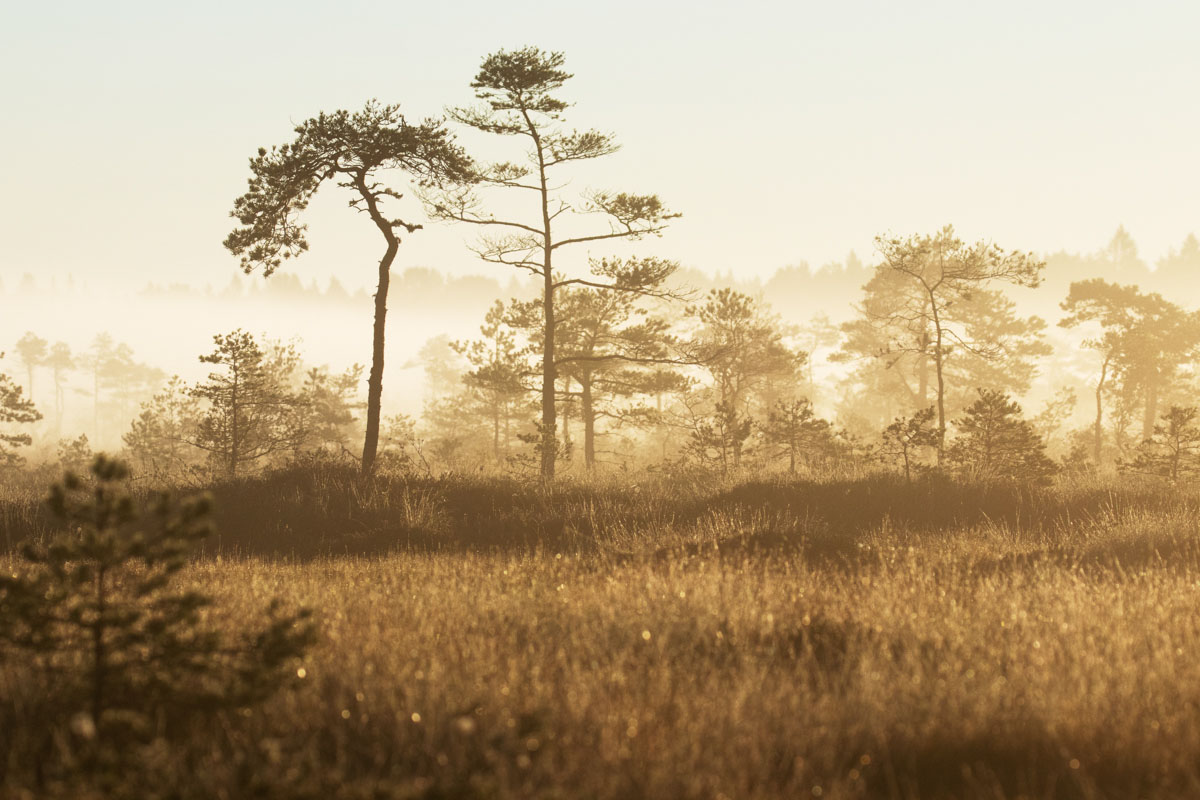When people disappear, the landscapes change
The landscape largely reflects the type of people living in it. Therefore, in order to protect the landscape, it is necessary to understand and respect people and to protect their interests, so that the landscape can be protected accordingly [1].

Landscape protection areas make up one of the types of protected areas in Estonia. The Nature Conservation Act stipulates that a landscape protection area is an area prescribed for the preservation, protection, restoration, research, introduction, and regulation of use of landscapes of the protected area. In the broader picture, however, landscape protection cannot be assessed solely in terms of the number of protected areas and the hectares taken under protection.
Approximately 40,000 hectares of semi-natural communities are restored and maintained in Estonian protected areas per year with the help of grants paid by the European Union and the Estonian state. Community movements are active in our national parks, but in general, the trend of turning into peripheries, the ageing of the population, and the disappearance of semi-natural communities unfortunately continue. These trends lead to the disappearance of certain types of landscapes (semi-natural and cultural landscapes), because as permanent residents disappear, the landscapes change, too. Landscapes cannot be protected in museums [1]. A landscape has dozens of coexisting values. A landscape is an important component in the coherence of natural areas, ecosystem services, spiritual and aesthetic cognition, as well as in terms of spatial planning, etc.
It is therefore important to keep villages viable, as village communities play an important role in preserving landscapes, especially cultural landscapes. This can be clearly seen in, for example, Karula National Park. If there are residents, old farms and landscapes will also be maintained. Some relaxation of restrictions (for example, bans on construction) [2] and taking land use needs into account [1] could also contribute to the preservation and restoration of village communities. This way, it is possible to actively involve the local population in landscape restoration and maintenance. At the same time, we must be careful to avoid the creation of so-called holiday districts and other buildings and land use associated with high environmental pressure.
In Estonia, in addition to the protection of natural and semi-natural landscapes, the protection of cultural landscapes should be established, as they are not sustainable either inside or outside protected areas without the existence and support of the local community. For example, in protected areas, a methodology for assessing socio-economic viability should be applied to identify the maintenance potential of valuable cultural landscapes [3].
Landscape protection is also covered by the European Landscape Convention, which aims to promote landscape protection, management, and planning, as well as cooperation in the field of landscapes in Europe. Estonia signed the convention in 2017 and it entered into force in Estonia in 2018.
Last modified: 29.02.2024
[2] Kliimask, J. ja Raet, J. 2018. Edela-Eesti asustuse elujõu säilitamine
[3] Sepp, K. 2015. Kalev Sepp: maastike kaitsekorraldus vajab paindlikumat lähenemist